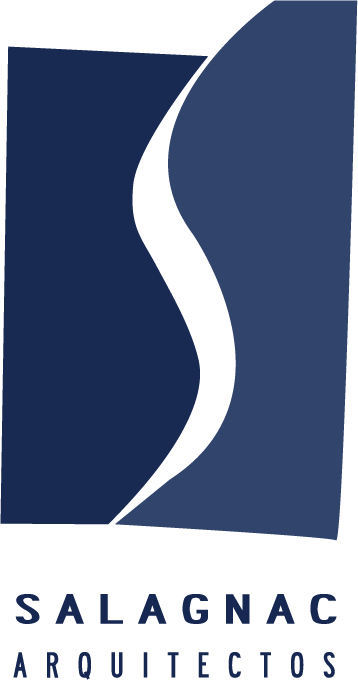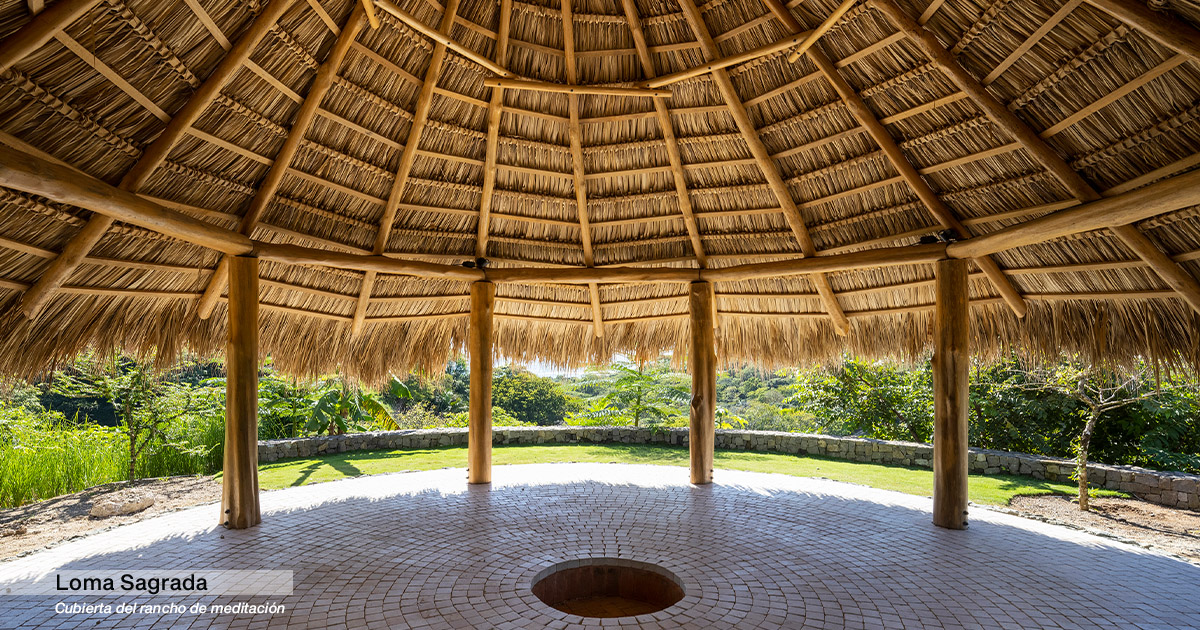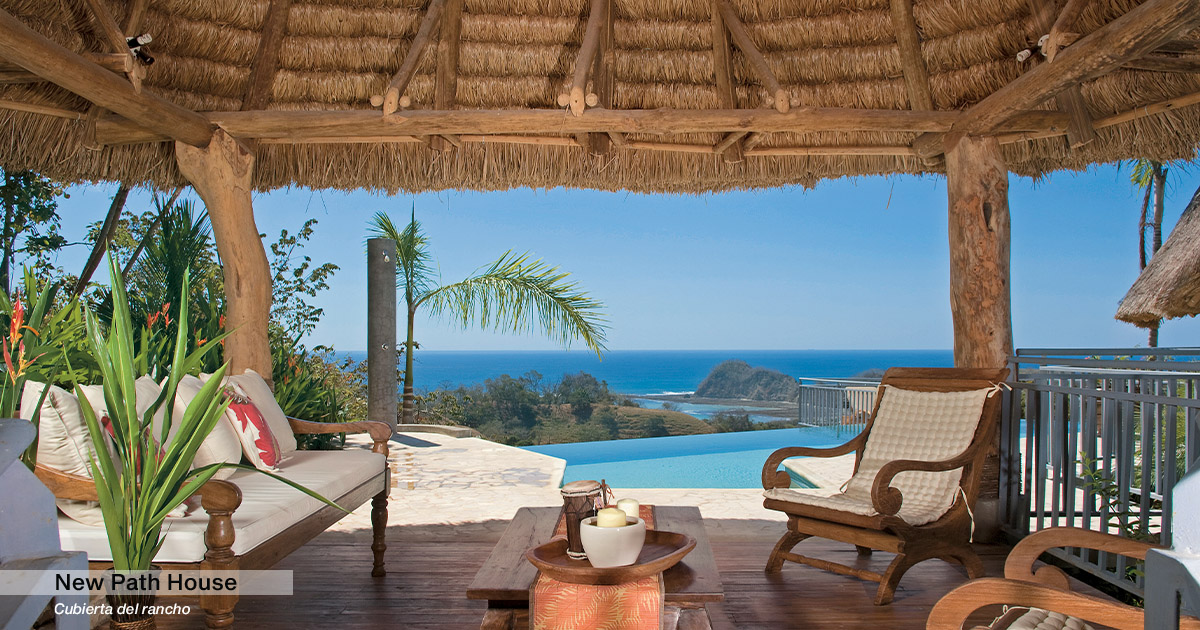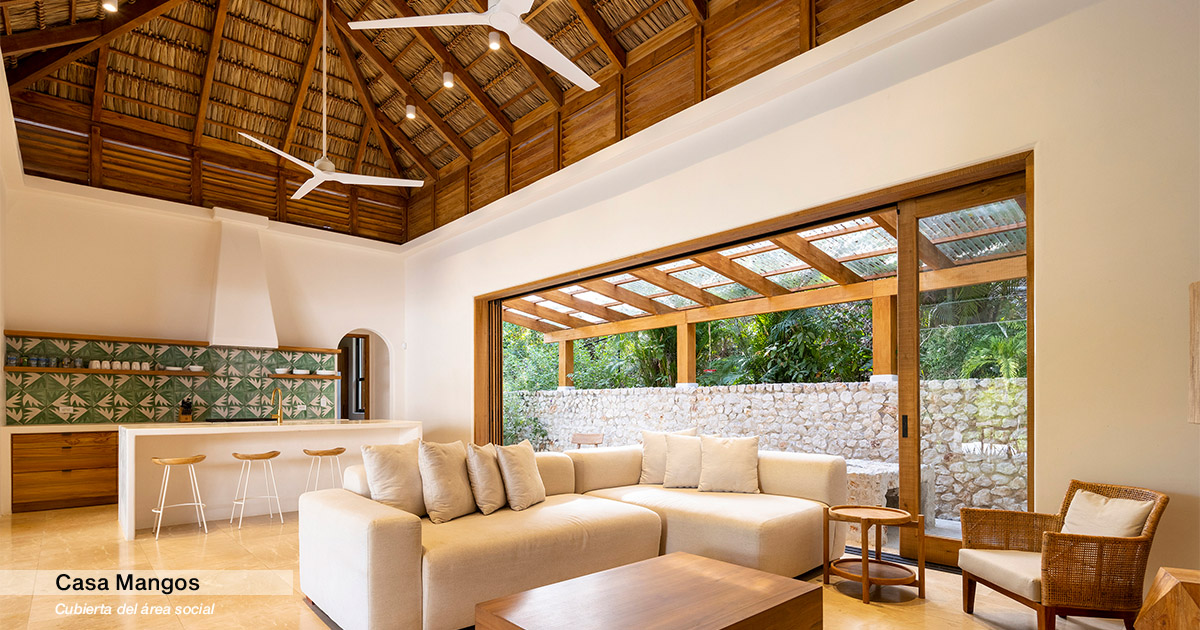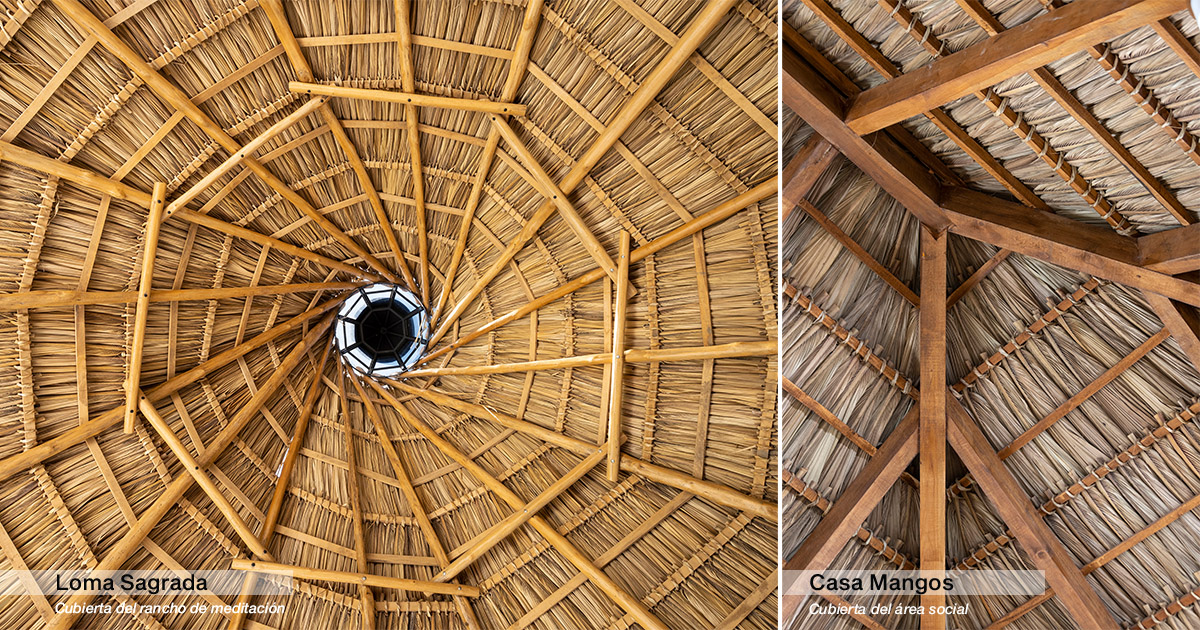Learning from the past to build the future
In Salagnac’s designs, natural roofs are much more than an aesthetic gesture; they represent a continuous search for sustainable alternatives to conventional construction. Over time, this exploration has led us back to local materials and traditional crafts, recognizing the value of techniques developed by Indigenous peoples long before the word sustainability was coined.
Three building traditions, in particular, have deeply shaped our work: the Chorotega heritage of the North Pacific, the Bribri and Cabécar worldview in Talamanca, and the Boruca craft of the South Pacific. Each, with its own materials, forms, and meanings, reminds us that the most fitting solutions for our climate and territory have often existed all along.
This reflection revisits those roots and explores how understanding them has inspired us to design contemporary roofs that are functional, biodegradable, and full of meaning.
The Pre-Columbian Legacy
Pre-Columbian architecture in Costa Rica reveals an intimate connection with the environment. Without manuals or blueprints, these systems responded gracefully to wind, rain, and heat, using only what the land provided.
In the Chorotega region, the traditional hut, with its square or rectangular plan, roundwood frame, and double or hipped roof, exemplifies simplicity and climatic intelligence. The sabal palm, abundant in Guanacaste, remains ideal for these roofs today, especially in ranchos where the fire still marks the heart of the home.
In Talamanca, the Bribri and Cabécar peoples build the iconic Cosmic House, a circular structure with a conical suita palm roof that symbolizes the link between earth and sky. Its geometry is both spiritual and climatic, reminding us that function and meaning can coexist in perfect balance.
In the South Pacific, the Boruca people preserve an intricate craft of weaving navajuela grass, a technique that creates dense, long-lasting, and completely biodegradable roofs. Passed down through generations, this knowledge continues to enrich our projects through collaboration and exchange.
These traditions inspire us not only for their beauty, but for the way they embody sustainable ways of living, born from observation, patience, and respect for place.
From the Hut to the Contemporary Roof
Reinterpreting these traditions today means more than replicating techniques. It means understanding their logic, their limits, and their potential. Natural roofing systems demand technical precision, from harvesting to installation and care, but they also invite us to design differently: with humility, responsibility, and connection to local crafts.
Sabal palm, found in the North Pacific, offers a rustic and honest expression, with visible ties that reveal the structure. It’s simple to install and doesn’t require highly specialized labor, though it does need maintenance every five to seven years.
Navajuela grass, meanwhile, requires the expertise of Indigenous artisans. Its tight weave creates cleaner, more durable surfaces, lasting nearly a decade before the first repair. Beyond their appearance, each method reflects a distinct relationship between material, craft, and place.
Working with these systems has taught us that sustainability depends less on technology and more on understanding the land, its rhythms, and its resources. Using local, renewable, and biodegradable materials reduces impact, but it also strengthens the bond between architecture, landscape, and community.
Three Contemporary Expressions
Over the years, we’ve explored different ways of integrating these traditional materials and techniques into contemporary projects, adapting them to new contexts while keeping their essence alive.
Casa Mangos reinterprets the Chorotega hut with a four-sided sabal palm roof. Its exposed wood structure and visible joints highlight constructive honesty, evoking the traditional ranchos of Guanacaste, where the roof is both shelter and gathering place.
At Loma Sagrada, the meditation rancho draws inspiration from the Bribri and Cabécar Cosmic House. Built with sabal palm as well, its conical shape and intimate scale invite silence and reflection, maintaining a direct relationship with landscape, climate, and spirit, a theme explored further in our article on the Cosmic House.
In the ranchos of New Path House and Casita 49, the Boruca navajuela weave gives a denser, cleaner finish. These structures reinterpret the ancestral rancho, once centered around the fire for cooking, adapting it to a contemporary lifestyle more open to the landscape and natural comfort.
Across all these projects, the blend of technique and material allows each roof to respond to its context, without losing sight of a core principle: building with respect for the craft and for the environment that sustains it.
Conclusion — Re-Learning from the site
At a time when sustainability has become a global challenge, looking back to local traditions offers a path full of wisdom. Natural roofs remind us that architecture can be light, biodegradable, and enduring all at once, and that local materials are not a constraint, but a source of creativity.
Revisiting these ancestral techniques is, for us, a way of continuing to learn from the site, from its climate, its materials, and the people who keep traditional knowledge alive. Because building sustainably is not only about using less, but about understanding more, and doing so with respect, beauty, and coherence.
Español/
Las Cubiertas Naturales
Aprender del pasado para construir el futuro
En los diseños de Salagnac, las cubiertas naturales representan mucho más que una solución estética: son una búsqueda constante por encontrar alternativas sostenibles a las cubiertas contemporáneas. A través de los años, esta exploración nos ha llevado a mirar hacia los materiales y oficios locales, reconociendo el valor de las técnicas que los pueblos originarios desarrollaron mucho antes de que existiera la palabra “sostenibilidad”.
Tres tradiciones constructivas, en particular, han dejado una huella profunda en nuestro quehacer: la herencia chorotega del Pacífico Norte, la cosmovisión bribri y cabécar en Talamanca, y el oficio boruca del Pacífico Sur. Cada una, con sus materiales, formas y significados, nos enseña que las soluciones más sensatas para el clima y el territorio muchas veces ya existían.
En esta reflexión revisitamos esas raíces y exploramos cómo su comprensión nos ha permitido diseñar cubiertas contemporáneas que son, a la vez, funcionales, biodegradables y llenas de sentido.
El legado constructivo precolombino
Las arquitecturas precolombinas en Costa Rica son el reflejo de una relación íntima con el entorno. Sin manuales ni planos, estos sistemas constructivos lograron responder al clima, al viento y a la lluvia, utilizando únicamente lo que la tierra ofrecía.
En la región Chorotega, la choza tradicional, con su planta cuadrada o rectangular, estructura de madera rolliza y cubierta a dos o cuatro aguas, es un ejemplo de equilibrio entre sencillez y eficiencia climática. La palma sabal, abundante en Guanacaste, sigue siendo hasta hoy un material ideal para estos techos, especialmente en los ranchos donde se conserva el fogón como centro del hogar.
En Talamanca, los pueblos Bribri y Cabécar construyen la emblemática Casa Cósmica, una estructura circular con una cubierta cónica de palma suita que simboliza la conexión entre la tierra y el cielo. Su geometría responde a razones tanto espirituales como climáticas, recordándonos que funcionalidad y significado no tienen por qué estar separados.
Y en el Pacífico Sur, los Boruca conservan un profundo conocimiento del tejido con zacate navajuela: una técnica artesanal que produce cubiertas densas, duraderas y completamente biodegradables. Su oficio, transmitido de generación en generación, sigue siendo una fuente de aprendizaje y colaboración en nuestros proyectos.
Estas tradiciones nos inspiran no solo por su belleza formal, sino porque representan formas de habitar sostenibles, nacidas de la observación paciente y del respeto por el entorno.
De la choza a la cubierta contemporánea
Reinterpretar estas tipologías en proyectos actuales implica más que replicar una técnica: significa comprender su lógica, sus límites y su potencial.
A nivel técnico, estas cubiertas naturales requieren un entendimiento preciso del comportamiento de los materiales, desde su recolección hasta su instalación y mantenimiento, pero también nos transmiten una manera distinta de aproximarnos al diseño: con sobriedad, responsabilidad y cercanía a los oficios locales.
La palma sabal, disponible en el Pacífico Norte, ofrece un aspecto rústico y honesto, con amarres a los clavadores visibles que expresan la estructura. Su instalación es sencilla y no requiere mano de obra altamente especializada, aunque sí un mantenimiento más frecuente (cada 5 a 7 años).
El zacate navajuela, por otro lado, demanda la guía de un artesano indígena especializado. Su tejido cerrado produce cubiertas más limpias y resistentes, con una durabilidad cercana a los 10 años antes del primer mantenimiento.
La diferencia entre ambas técnicas va más allá de lo visual: cada una encarna una relación particular entre el material, el oficio y el entorno. Trabajar con estos sistemas naturales nos ha enseñado que la sostenibilidad no depende únicamente de la tecnología, sino de la comprensión del lugar y de sus recursos. Usar materiales locales, renovables y biodegradables reduce el impacto ambiental, pero también fortalece los lazos entre la arquitectura, el territorio y las personas que lo habitan.
Tres expresiones inspiradas en la arquitectura vernácula
A lo largo de los años, hemos experimentado distintas formas de integrar estos materiales y técnicas en proyectos contemporáneos, adaptándolos a nuevos contextos sin perder su esencia.
Casa Mangos retoma la tipología chorotega con una cubierta a cuatro aguas de palma sabal. Su estructura de madera expuesta y sus amarres visibles resaltan la sinceridad constructiva, evocando los ranchos tradicionales de Guanacaste, donde el techo es tanto refugio como símbolo de encuentro.
El rancho de meditación de Loma Sagrada, inspirado en la Casa Cósmica bribri y cabécar, utiliza también palma sabal, pero con una intención más introspectiva. Su forma cónica y su escala reducida invitan al recogimiento y a la conexión espiritual, manteniendo un vínculo directo entre el paisaje, el clima y la experiencia del espacio (tema explorado más a fondo en el artículo sobre la Casa Cósmica).
En los ranchos de New Path House y Casita 49, el tejido Boruca de zacate navajuela ofrece un resultado más denso y limpio. Sin embargo, estas estructuras reinterpretan el uso ancestral del rancho chorotega —como lugar del fogón y la conversación—, adaptándolo a una vida contemporánea más abierta al paisaje y al confort natural.
En cada caso, la combinación de técnicas y materiales nos permite responder a las necesidades de cada proyecto, sin perder de vista un principio esencial: construir con respeto por el oficio y por el entorno que lo hace posible.
Conclusión — Volver a aprender del lugar
Hoy, cuando la sostenibilidad se ha convertido en un reto global, mirar hacia las tradiciones locales nos ofrece un camino lleno de respuestas. Las cubiertas naturales nos recuerdan que la arquitectura puede ser ligera, biodegradable y duradera al mismo tiempo; que los materiales locales no son una limitación, sino una fuente de creatividad.
Revisitar estas técnicas es, para nosotros, una forma de seguir aprendiendo del lugar: de su clima, sus materiales y las personas que mantienen vivo el conocimiento del oficio. Porque construir sosteniblemente no significa solo usar menos, sino entender mejor lo que tenemos —y hacerlo con respeto, belleza y coherencia.
